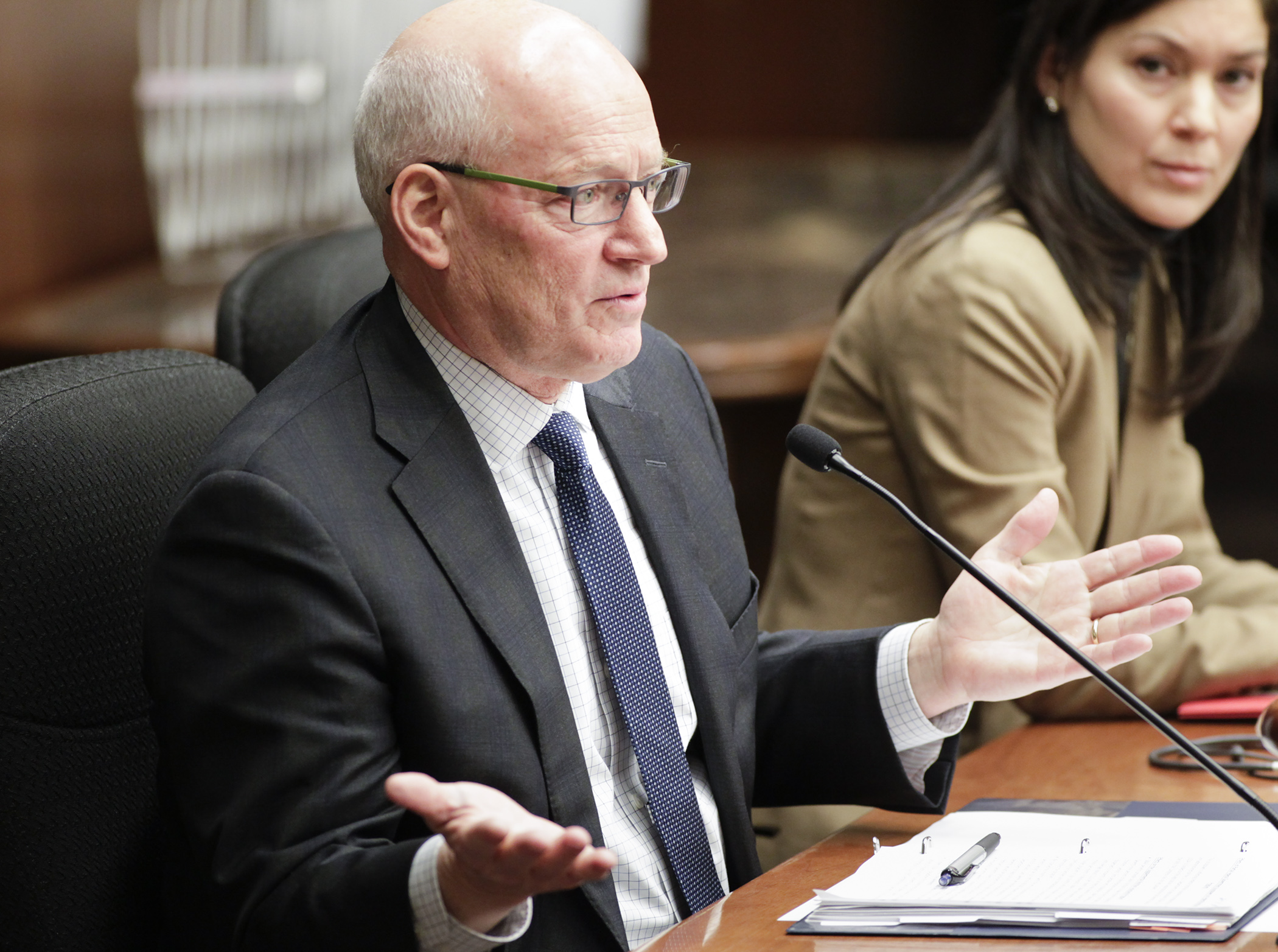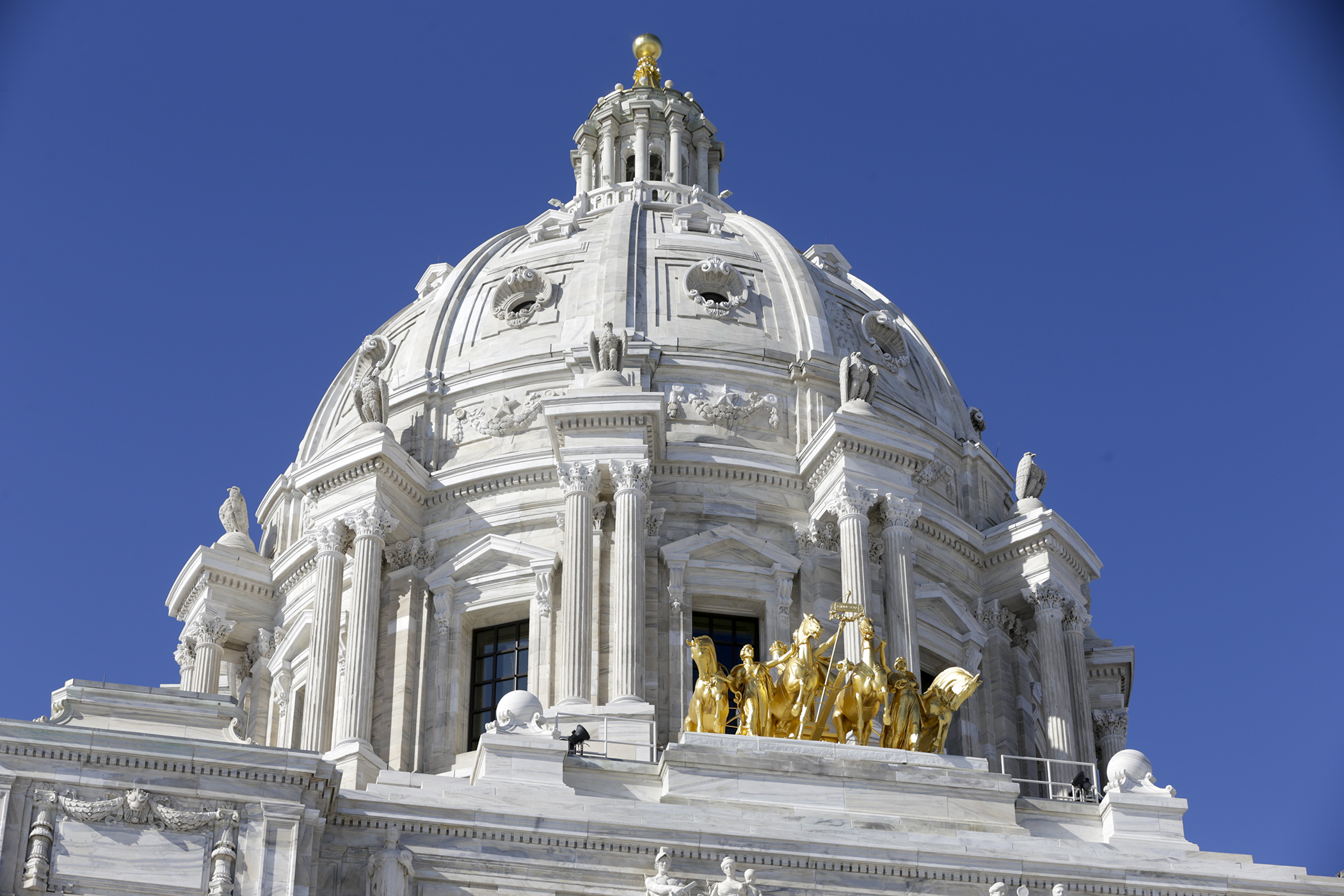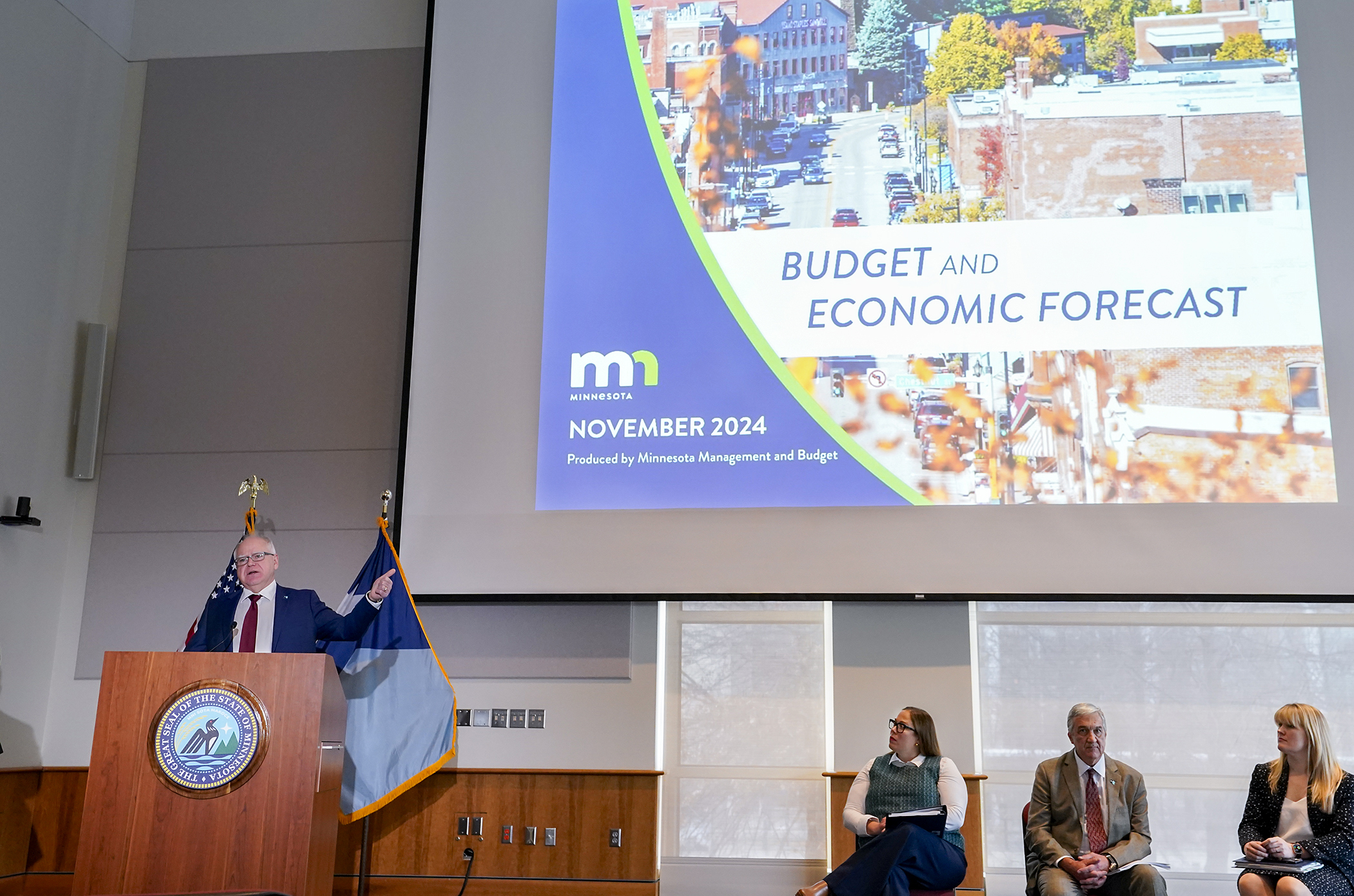Federal shutdown's impact on Minnesota? State officials unsure

Uncertainty was a word commonly heard Monday at the House Ways and Committee meeting.
It relates to the effects of inactivity in our nation’s capital, where a partial government shutdown is in its third week with no end in sight.
The inability of President Trump and Congressional leaders to agree on governmental funding has resulted in many Minnesotans not getting a paycheck.
Approximately 17,000 Minnesotans are employed by the federal government; an estimated 6,100 of whom are currently either furloughed or working without pay.
What can the state do to help? Nobody knows for sure.
“We are clearly in uncharted territory,” said Myron Frans, commissioner of Minnesota Management and Budget.
“It is not unusual that we are cash-flowing or providing state funds in advance of federal funds; however, now we’re seeing the reimbursement getting delayed in more and more programs,” Frans said.
Minnesota receives around $1 billion monthly in federal grants. Sans federal funding, Frans warned, myriad programs could be negatively affected.
“The federal government cannot give us clear guidance on when Supplemental Nutritional Assistant Program or SNAP benefits will run out,” Frans said as an example. “We do have information they will be paid through the month of February, but beyond that we’re uncertain.”
“We also don’t know at what point the schools may have to stop their lunch program funded through the Department of Agriculture.”
A contingency response team is looking what the state can do, including determining if it will likely be reimbursed for filling a gap. Frans hopes more answers will be known in the coming days before recommendations are made to Gov. Tim Walz.
“We do not have the guarantee that the federal government will reimburse state spending for federally funded activities,” Frans said.
Nikki Farago, the Health Department’s Children and Family Services assistant commissioner, said the federal shutdown has created additional department costs because SNAP benefits for February will exist, but must be issued early.
“That means we have been working with counties and tribes and other partners to get the information out to ensure that those benefits can be released early,” she said. “That involves looking at our IT systems to make sure the IT system has the capacity to process the applications.”
SNAP benefits are issued on the EBT card, so the department is working with its vendor to ensure benefits can be loaded on the card. That vendor also serves 29 other states.
Rep. Connie Bernardy (DFL-New Brighton) wondered what happens if the money dries up but not the need.
“I don’t know what that situation would entail,” Frans said. “We would assume that the federal government would stand up to its obligations and to make payments to people who receive federal benefits directly, but we’re in a whole new territory.”
Unlike the bitter political divide in Washington D.C., Rep. Carlos Mariani (DFL-St. Paul) hopes that helping hurting Minnesotans will not be a partisan issue.
“There’s much in which we can lock arms to make sure that we’re answering together some of the big questions,” he said.
This is a state budget-setting year for the Legislature, and Rep. Lyndon Carlson Sr. (DFL-Crystal), the committee chair, said all finance divisions may need to include dollars to make up for federal inaction.
Related Articles
Search Session Daily
Advanced Search OptionsPriority Dailies
Ways and Means Committee OKs House budget resolution
By Mike Cook Total net General Fund expenditures in the 2026-27 biennium will not exceed a hair less than $66.62 billion.
That is the budget resolution approved Tuesday by the House Ways...
Total net General Fund expenditures in the 2026-27 biennium will not exceed a hair less than $66.62 billion.
That is the budget resolution approved Tuesday by the House Ways...
Minnesota's budget outlook worsens in both near, long term
By Rob Hubbard It looks as if those calling for less state spending could get their wish, judging from Thursday’s release of the February 2025 Budget and Economic Forecast.
A state su...
It looks as if those calling for less state spending could get their wish, judging from Thursday’s release of the February 2025 Budget and Economic Forecast.
A state su...